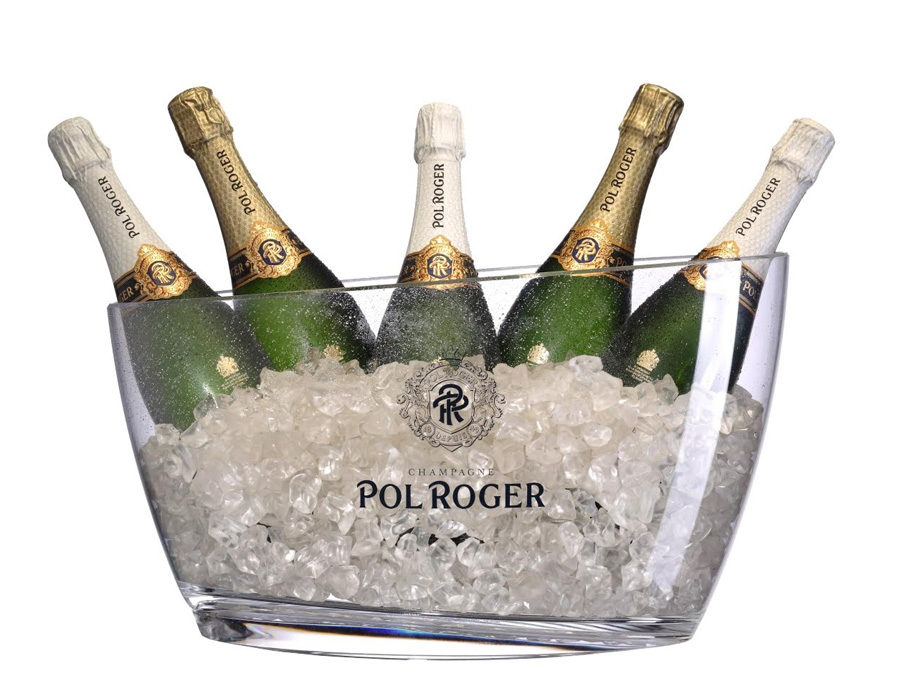By Bob Lipinski
What could be more alluring than a chilled glass of champagne with its bubbles dancing in the glass, paired with a soft, smooth, and creamy wedge of cheese? My holiday recommendations for sparkling wines include “bubbly” from France and Italy, although there are some excellent sparkling wines made worldwide.
France
Pol Roger “Brut NV” Champagne: Pale yellow with bubbles resembling thin lines of beads that burst when they reach the surface. Dry, crisp, and quite refreshing with hints of apples and pears.
Laurent-Perrier “Brut NV” Champagne. With its composition marked by a high percentage of Chardonnay, it is light, elegant, and quite refreshing with hints of brioche.
J.J. Vincent “Crémant de Bourgogne:” Light and elegant, made from 100% Chardonnay grapes. Hints of toasted hazelnuts, along with Granny Smith apples, lemon, and ginger.
Besserat de Bellefon “Blanc de Blancs” Champagne: Made from 100% Chardonnay grapes. Light golden with an intense bouquet of citrus, brioche, honeysuckle, and dried fruits. Very elegant, crisp, and clean tasting with a lemon zest aftertaste.
Italy
Lamberti Rosé “Prosecco”: Made from a blend of Pinot Bianco, Pino Noir and Raboso grapes, in the region of Veneto. Fruit-driven sparkling wine with flavors of apples, raspberries, and citrus. Clean, dry, and crisp with hints of flowers and watermelon. Light-bodied and easy to drink.
Cavicchioli Lambrusco Grasparossa di Castelvetro DOC “dry:” Forget the Lambrusco wines bulging from shelves in your local wine shop; this is the real deal. Purple-red in color with a bouquet of dried fruits, hints of cola, plums, and vanilla. Very effervescent with a dry, slightly tart aftertaste, which adds to its enjoyment.
Bellenda “San Fermo” Prosecco Superiore DOCG “Brut:” The bouquet is remarkably fine, intense with hints of fruit, particularly golden apple, peach, and acacia blossom. On the palate, it is crisp and dry.
Cheese
The below recommended list of cow’s milk cheeses from France to pair with the wines should be served at room temperature. Boursault (boor-SOH); Boursin (boor-SAHN); Brie (bree); Camembert (kah-mohn-BEHR); and Mont d’Or (mohn DOHR).
Camembert is made in Normandy, France. An often-stated myth says, “The cheese was made in 1791 at Camembert by Marie Harel (1761-1812).” However, Camembert was already being produced in 1680, and by some reports, it originated in the Middle Ages.
Camembert is light yellow with an edible rind; creamy pale yellow interior; the cheese may be wrapped in paper, parchment, or cellophane, and may be covered with metal foil. It has a smooth, mild texture that is short of being runny. Camembert is mild with a distinctive taste often described as tangy or piquant, but not as strong as Brie.
Bob Lipinski is the author of 10 books, including “101: Everything You Need To Know About Whiskey” and “Italian Wine & Cheese Made Simple” (available on Amazon.com). He conducts training seminars on Wine, Spirits, and Food and is available for speaking engagements. He can be reached at www.boblipinski.com OR bkjm@hotmail.com


 Bob Lipinski, author of 10 books; writes, consults, and conducts training seminars on Wine, Spirits, and Food and is available for speaking engagements.
Bob Lipinski, author of 10 books; writes, consults, and conducts training seminars on Wine, Spirits, and Food and is available for speaking engagements.
Recent Comments